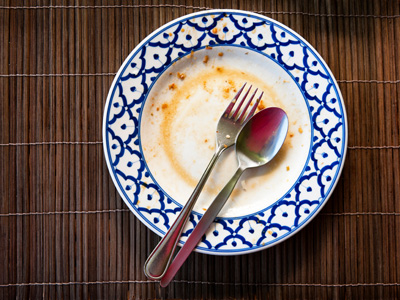
Unit 3 - Insulin and Blood Glucose Control
The amount of glucose, or sugar, in the blood must be kept within certain levels. This is the second of two GCSE Biology quizzes looking at how the body controls blood sugar levels with hormones, and it concentrates on how insulin is used to lower the amount of glucose in the blood.
Glucose is the fuel that powers our bodies. During aerobic respiration, glucose is converted to carbon dioxide and water to release energy in cells. If a cell is short of oxygen, anaerobic respiration takes place which releases much less energy from the glucose and produces lactic acid. The level of glucose in the blood can also effect the movement of water into and out of cells by the process of osmosis. This all means that the concentration of glucose in our bodies is extremely important and needs to be carefully regulated in order to keep the concentration within a narrow range of figures.
Ready for more?
not all...
quizzers. Try to win a coveted spot on our Hall of Fame Page.







